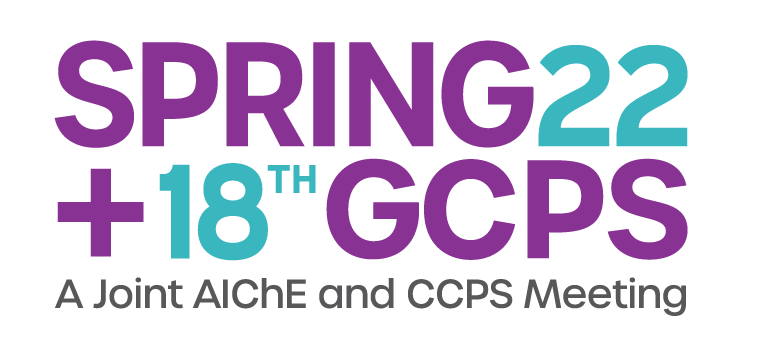

There is continued focus on the role of hydrogen in the energy transition with associated safety questions. Since hydrogen is highly flammable, fires are one of the main associated hazards. Depending on the application, hydrogen could be present as vapour or as cryogenic two-phase/liquid. However, field-scale data for vapour is limited and scarce for liquid/two-phase releases, making model development and assessment challenging. The current paper therefore examines field tests involving jet fires from large-scale releases of vapour and two-phase hydrogen. Analysis of field data is presented together with predictions from both established and recently developed consequence fire models.
Hydrogen jet fires are highly complex phenomena and non-linear in scale. This means that it is difficult to predict how large jet fires may behave based on small-scale lab experiments, and the current work therefore consider larger scale ignited releases. Two such sets of experiments were carried out by DNV at the Spadeadam test facility in the UK: ignited releases of hydrogen vapour (2008) and two-phase (2019). For the vapour jet fires we show how the traditional cone jet fire model of Johnson significantly underpredicts the radiation hazards, while the recent Miller model provides much more accurate radiation predictions for these large jet fires. For the more recent ignited two-phase hydrogen releases, we provide an analysis of the measured radiation data that should benefit analysts looking to validate fire models. Recommendations are made for choice of model for two-phase hydrogen jet fires, and particular considerations are made with regards to the complex downward impinging release experiment.
Overall, this contribution aims to make certain field-scale hydrogen jet fire data more accessible, and to provide updated guidance for the modelling of hydrogen jet fires.
